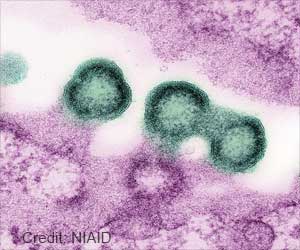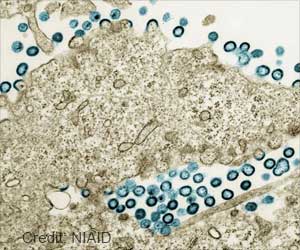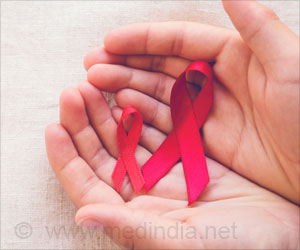According to the Public Health Agency of Canada, susceptibility to AIDS/HIV is definitely not on the wane. In 1997, there were 4,917 reported cases of gonorrhea, or 14.9 per 100,000 population. By 2004, there were 9,233 cases, 28.9 per 100,000.
Syphilis was at 0.4 per 100,000 in 1997, with 115 cases. By 2004, the rate was 3.5 per 100,000 with 1,127 cases.Gonorrhea is a bacterial infection that can be transmitted through unprotected oral, vaginal and anal sex. Many people have no symptoms but still may transmit the infection, which, in women, can lead to serious complications, including infertility. It is treated with antibiotics but can be reacquired immediately after treatment.
Syphilis is a sexually transmitted bacterial infection that can be treated with antibiotics if caught early. If left untreated, it can damage the heart, nerves, brain, liver, and blood vessels, and ultimately cause death. Because it causes sores and lesions, syphilis increases the risk of transmission of HIV/AIDS three- to fivefold. Syphilis, if left untreated, damages the heart and brain. The sores associated with it, meanwhile, can more than triple the chance of HIV transmission.
Meanwhile, experts say that though Chicago can no longer be called the syphilis capital of the U.S., it still has one of the highest syphilis rates in the country.
Says Laurie Anderson, the syphilis elimination coordinator for the Chicago Department of Public Health: “When people don't see a public-awareness campaign, they think [the disease] is gone. Yet, Chicago still has it".
In 2000, Cook County, including Chicago, had the highest number of cases in the U.S. But the number of cases in the city has dropped dramatically in the last decade, from 582 in 1995 to the all-time low of 267 in 2003 after the Syphilis Elimination Task Force launched a similar citywide campaign using CTA buses and trains, urging sexually active adults to get screened and practice safer sex.
Advertisement
The numbers began dropping again in 2006, but public health officials are not satisfied because they want it wiped out. Unlike HIV, the virus that causes AIDS, syphilis is easily detected with a simple blood test and can be treated with antibiotics.
Advertisement
In addition to routine screenings, health officials stress knowing the symptoms.Early on, a person infected with syphilis might have painless sores and swollen lymph nodes. Or he may be symptom-free but is still infectious and a threat to others.
Second-stage symptoms include fever, fatigue, aches and pains, and loss of appetite. If it reaches the final and third stage undetected, a person can have heart, brain and nervous system problems.
Source-Medindia
ANN/J






